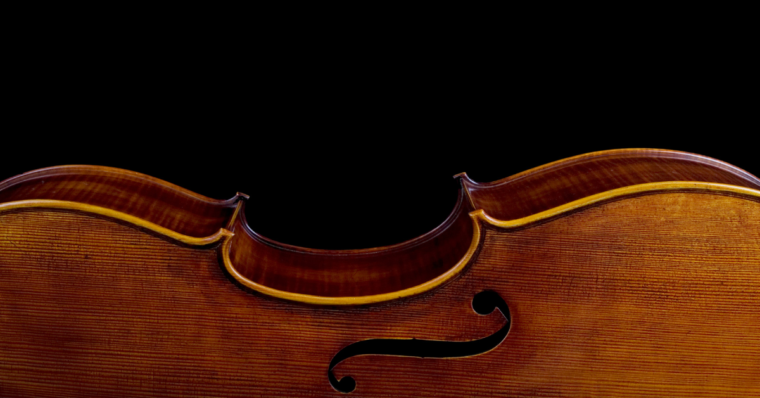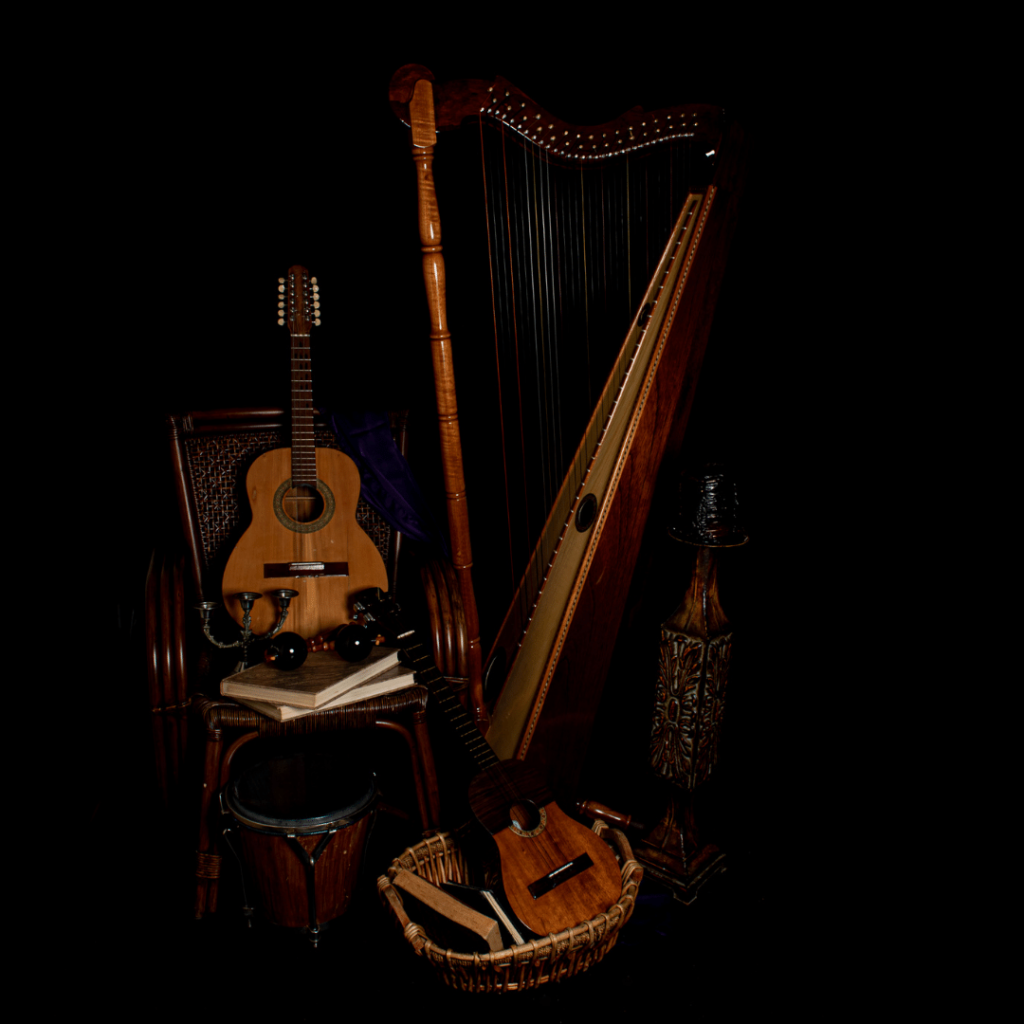The mandolin is a beloved and versatile instrument that has captured the hearts of musicians and listeners alike for centuries. With its distinctive sound and unique construction, the mandolin offers a wide range of expressive possibilities across various genres of music. In this article, we will delve into the world of mandolins, exploring their history, characteristics, playing techniques, and their enduring appeal in contemporary music.
A Brief History of the Mandolin
The origins of the mandolin can be traced back to ancient civilizations, with early representations found in carvings, paintings, and manuscripts dating as far back as the 12th century. The instrument evolved from the lute family, gaining popularity in Italy during the Renaissance period. It then spread across Europe, finding its place in traditional folk music from Concertina and classical compositions.
Characteristics of the Mandolin
The mandolin is a string instrument with a distinctive pear-shaped body and a soundboard typically made of spruce. It features a fretted fingerboard and a set of paired strings, usually in groups of two or four, tuned in fifths. The most common tuning for mandolins is G-D-A-E, similar to the violin. This tuning allows for rich chordal accompaniment and melodious solo lines.
Types of Mandolins
There are several types of mandolins, each with its own unique characteristics and purposes. The most common types include:
- Neapolitan Mandolin: Also known as the round-backed mandolin, it has a deep, resonant tone and is often used in classical and traditional Italian music.
- Flat-backed Mandolin: This type of mandolin has a flat or slightly arched back, which contributes to a brighter and more focused sound. It is commonly used in bluegrass, folk, and country music.
- Mandola: The mandola is a larger version of the mandolin, tuned a fifth below. It offers a deeper, richer tone and is often used for accompaniment in classical compositions and traditional folk music.
- Mandocello: The mandocello is even larger than the mandola and is tuned an octave below the mandolin. It produces a deep, sonorous sound, making it suitable for chordal accompaniment and solo performances.
Playing Techniques and Styles
Mandolin playing involves a combination of techniques that allow for intricate melodies, chordal accompaniment, and rhythmic strumming. Some common playing techniques include:
- Pick or Plectrum: Most mandolin players use a pick or plectrum to strike the strings, allowing for precise and articulate playing.
- Chords and Arpeggios: Mandolin players often employ chordal playing, creating rich and resonant harmonies. Arpeggios, which involve playing the notes of a chord individually, are also commonly used to add melodic interest.
- Double Stops and Tremolo: Double stops involve playing two strings simultaneously, creating a harmonized effect. Tremolo, on the other hand, is a rapid repetition of a single note or a pair of notes, adding texture and intensity to the music.
The Enduring Appeal of the Mandolin
Despite its humble origins, the mandolin continues to captivate musicians and audiences in various musical genres. Its distinctive sound adds a touch of nostalgia and charm, making it a favorite in folk, bluegrass, country, and even rock music. Mandolin virtuosos have pushed the boundaries of the instrument, showcasing its versatility through intricate melodies, improvisations, and innovative playing techniques.




